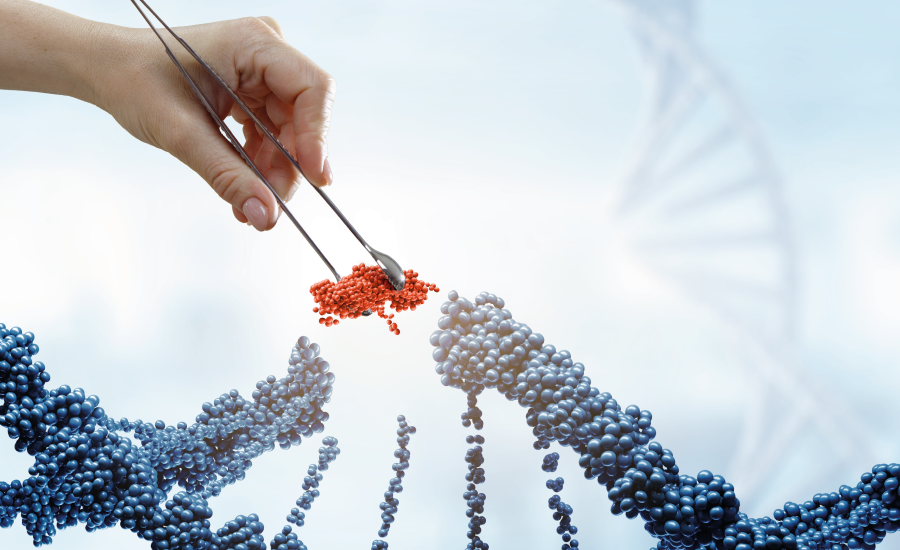Cellular functioning (genetic regulation, metabolism, cellular signaling, and the immune system, among others) is composed of networks of molecular interaction and regulation. Understanding these systems forms the basis for the development of targeted therapies, personalized medicine, and advances in biotechnology. Each system requires a large amount of theoretical and practical experimentation, whose integration is impossible without analytical methods capable of combining vast amounts of scientific information dispersed across multiple repositories.
This architecture enables the identification of molecular interaction networks; the modeling of "what-if" scenarios based on scientific knowledge before committing resources to costly experiments; the development of preliminary models that reduce risks in early research phases; and experimentation with an AI-based methodology adaptable to the research scenario of interest. Additionally, the platform ensures reproducibility through complete traceability of each result, allowing studies to be replicated with different search parameters to facilitate systematic hypothesis exploration.
Key Features
Transparent and Traceable Reasoning
Each molecular relationship includes specific scientific references and inference logic that can be verified by the researcher.
Automatic Source Integration
Automatically connects to PubMed, PubTator, Protein Data Bank, HGNC, Gene Ontology, and other specialized repositories to organize and maintain up-to-date knowledge bases.
Expert Process Control
The researcher defines search parameters, validates results, and refines models according to their specialized domain knowledge.
Experimental Hypothesis Generation
Identifies specific regulatory pathways and candidate subnetworks to guide laboratory experimental decisions.
Use of Generative and Logical AI
Accesses generative AI models to model molecular interactions and uses logical AI to model and infer molecular interaction pathways and subnetworks.
Interested in using the BELLA II Bioinformatic testbed?
Take advantage of advanced and flexible environments to develop, test, and optimize applications and technologies that require High-Performance Computing.
Uses

Disease Mechanism Analysis
Develop network models to understand molecular interactions in complex pathologies such as cancer or neurological disorders.

Therapeutic Target Modeling
Build specific regulatory networks to identify candidate proteins and molecular pathways for drug development.

Therapeutic Strategy Design
Computationally explore transitions between pathological and healthy states to identify potential interventions.

Exploration of Scientific Hypotheses
Use predictive models to identify expert knowledge on hypothetical pathways and interactions, assisting in the design of laboratory experiments.

Generative AI models
Learn how to train generative AI models for your application domain and how to interact with logical AI to guide the discovery processes of your molecular interaction pathways and subnetworks.
More Information
- Customization and Adaptability
Researchers can define specific objects of interest (genes, proteins, drugs), adjust search parameters, and retrain models for particular domains. The platform retrieves information from specialized repositories and incorporates domain-specific ontologies. - Service Model
We provide access to the platform, training in our methodology, use of our tools, and continuous technical support. Researchers maintain full control over their data and generated models. - Validation and Use Cases
The platform has been used to model genetic regulatory networks in COVID-19, identifying correlations such as ACE2-COVID-19 with full bibliographic validation. Each result includes PubMed identifiers for independent verification. - Visit: https://github.com/biopatternsg/biopatternsg




